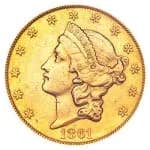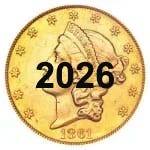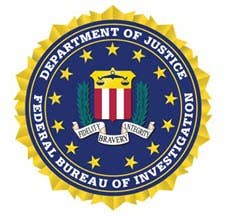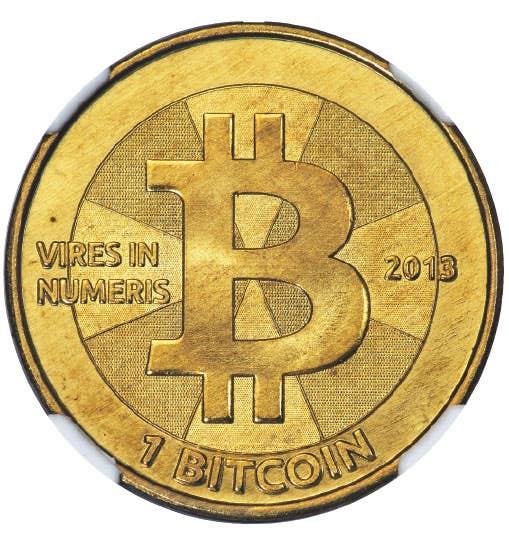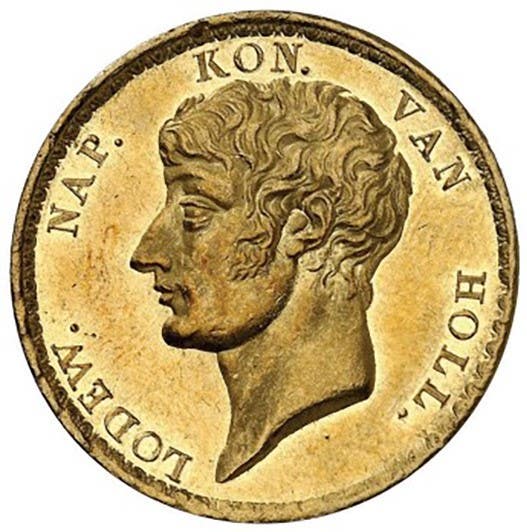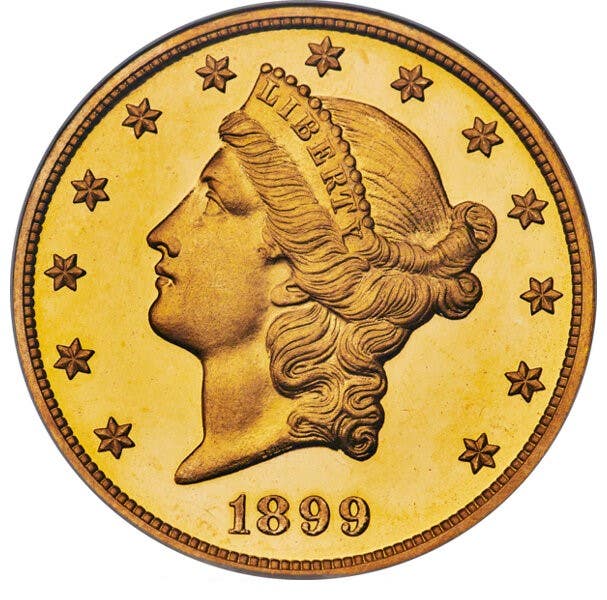Two commems bear prominent crosses
Despite the fact that the word “God” appears on all of our relatively recent coins, the only two U.S. coins that clearly show a cross in the design are the York County, Maine, 1936 commemorative half dollar that shows the county seal – a shield quartered by a large cross – and the 1934 Maryland commemorative half that has two crosses in the reverse design. There is also a small cross on the Shield nickel, the only intended circulation strike.
Is there any U.S. coin that carries a cross as part of the design?
Despite the fact that the word “God” appears on all of our relatively recent coins, the only two U.S. coins that clearly show a cross in the design are the York County, Maine, 1936 commemorative half dollar that shows the county seal – a shield quartered by a large cross – and the 1934 Maryland commemorative half that has two crosses in the reverse design. There is also a small cross on the Shield nickel, the only intended circulation strike.
Is the bust of Columbus on the Columbian Exposition commemorative half dollar modeled after a portrait of the explorer?
The original intent was to use a medal struck in 1512 as a model but a copy was not available in time, so Charles Barber used some other depiction of Columbus for the coin.
What is the purpose of the large “C” in the design of the silver 3-cent piece?
It was added as an abbreviation of “cents” to distinguish the denomination. Curiously, while U.S. coins have often been considered to be copies of French designs, the French seem to have borrowed that big “C” for their small denomination coins of the World War I era.
What was the reason for the change from the closed “3” to the open “3” on the 1873 U.S. coins?
The principal reason seems to be that especially on the smaller coins the closed “3” closely resembled an “8,” with the knobs at the tips touching. The closed “3” isn’t really closed, but the ball serifs at the tips of the “3” are much larger and closer together than those on the open “3,” giving rise to the names. The first dies made for that year had closed “3”s in the date, which prompted an official complaint from the chief coiner that the closed “3” would easily be confused with an “8.” As a result, new punches with an open “3” were prepared and used for the rest of the year.
I notice in a previous answer that you refer to the Lincoln cent design (1909-1958) as wheat “heads.” How come, when everyone calls them wheat “ears?”
Because, “everyone” is as wrong in this case as those who call the 1970-S cent a “small” date. As Del Romines points out, corn has ears, wheat has heads, as any farmer can attest. We also call the reverse the “Wheat-back” design, making it sound like a bank note.
Why hasn’t the “$” sign been used before the 2007 Presidential dollar?
No reason other than tradition. On our early coins it was probably left off to avoid possible confusion with the peso symbol, which in the late 1700s was similar to the “$” sign. Once it was used, some said they didn’t like it.
Email inquiries only. Send to AnswerMan2@aol.com. Because of space limitations, we are unable to publish all questions.
More Coin Collecting Resources:
• Subscribe to our Coin Price Guide, buy Coin Books & Coin Folders and join the NumisMaster VIP Program

